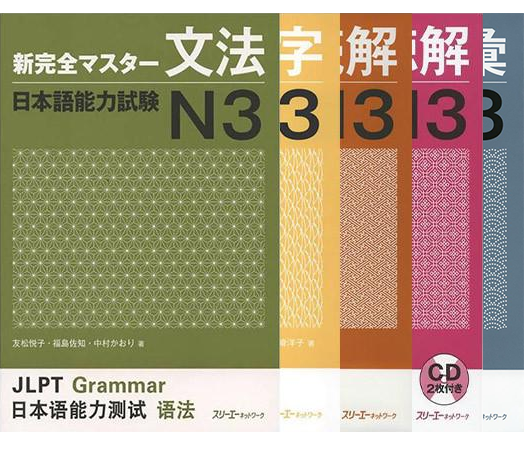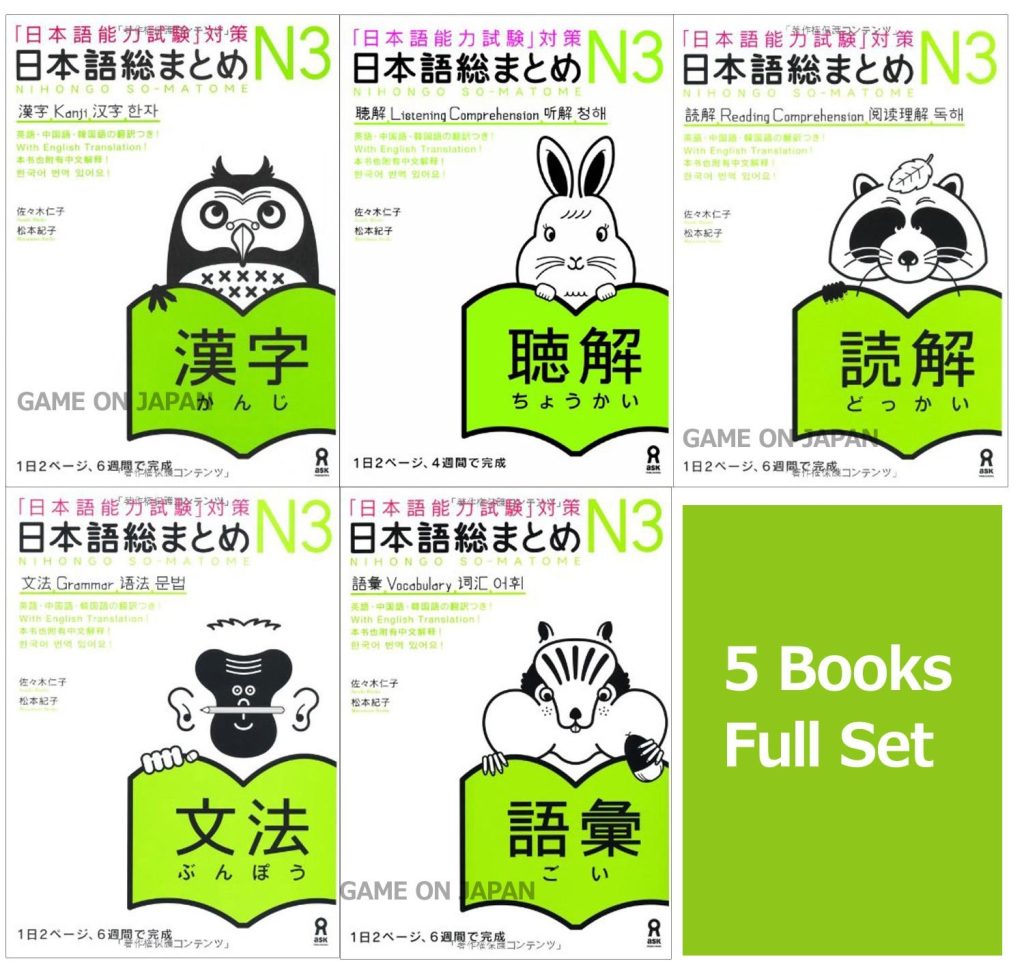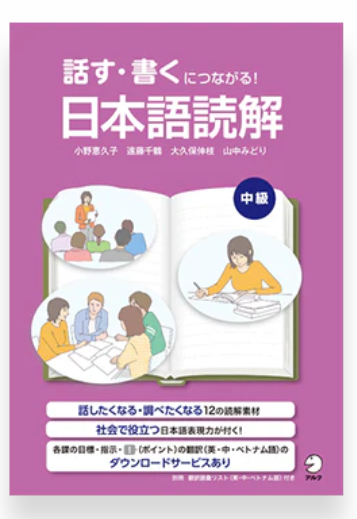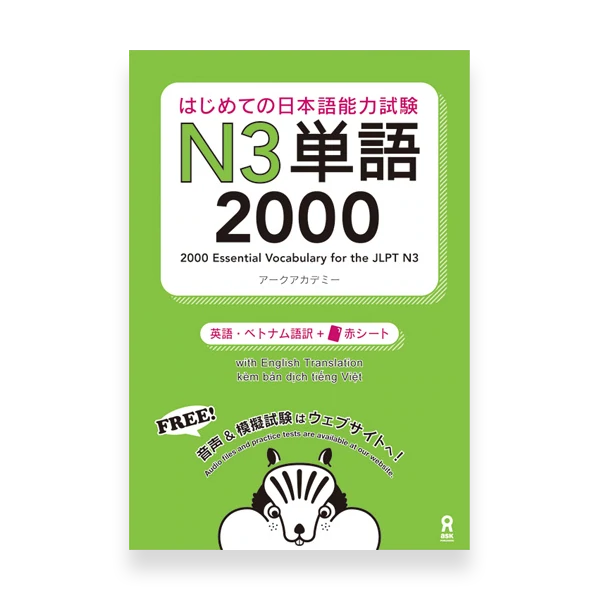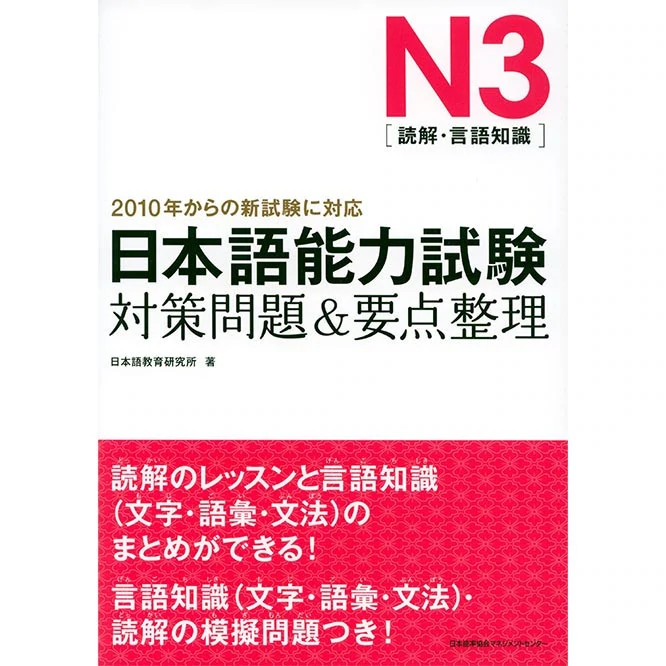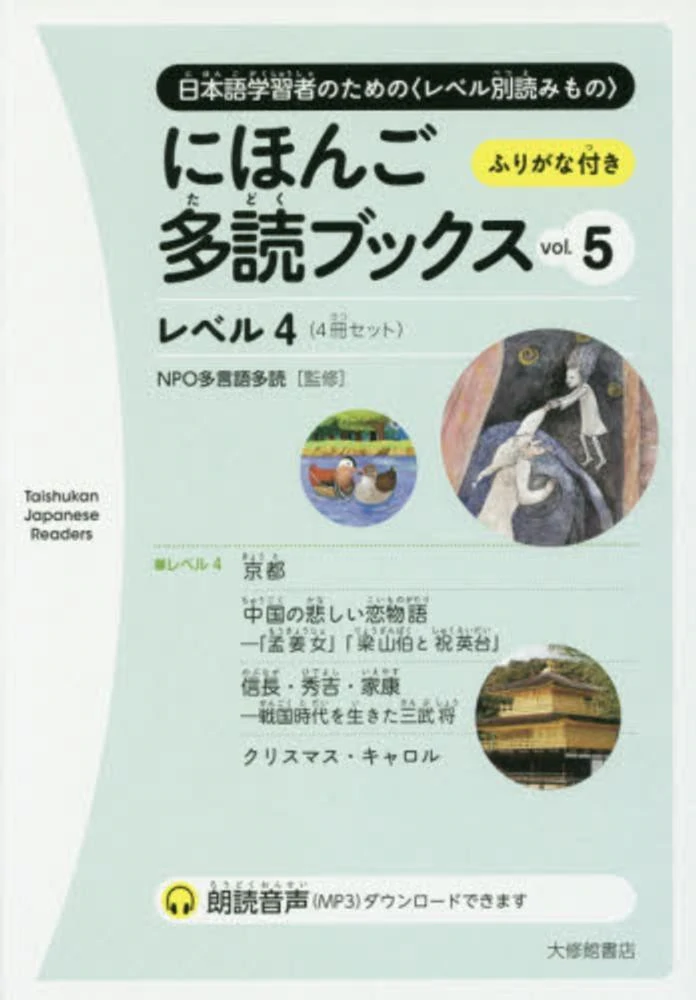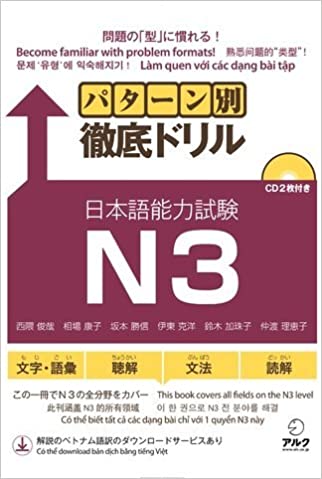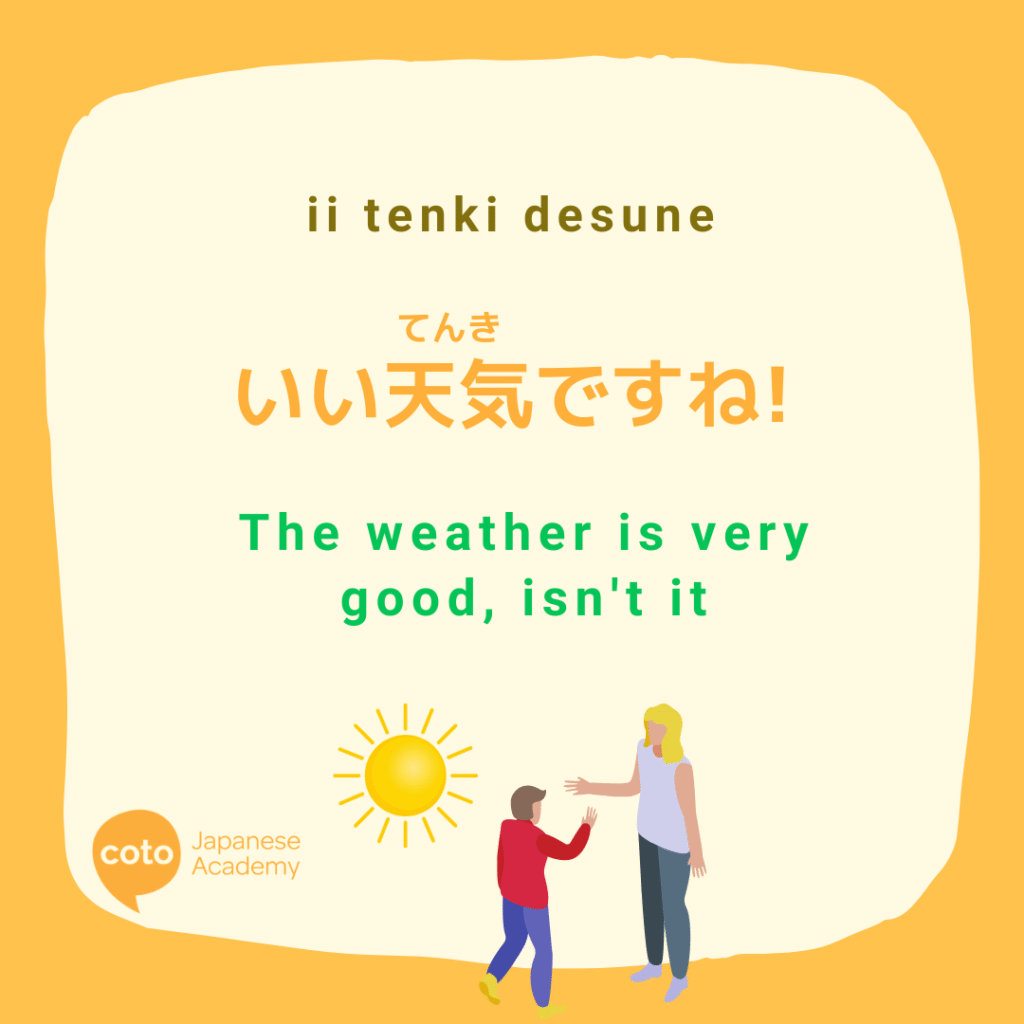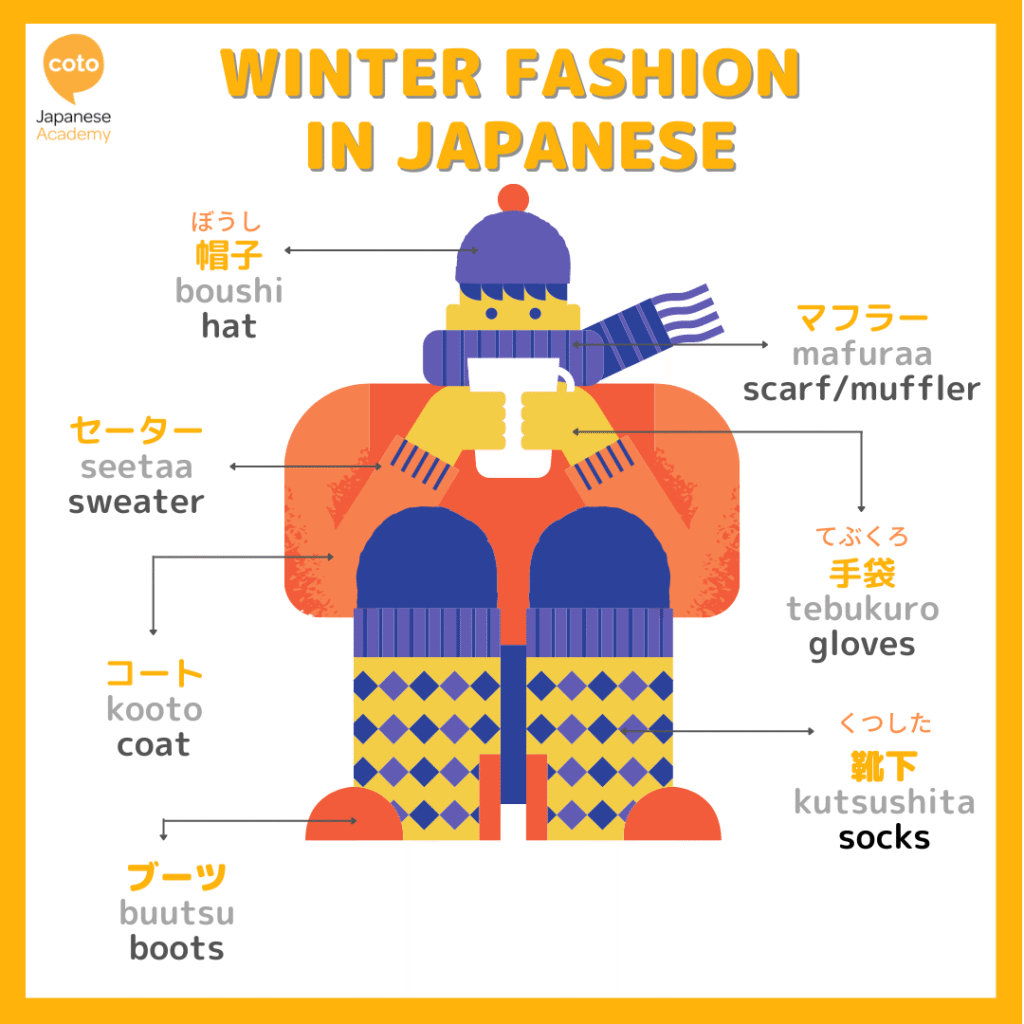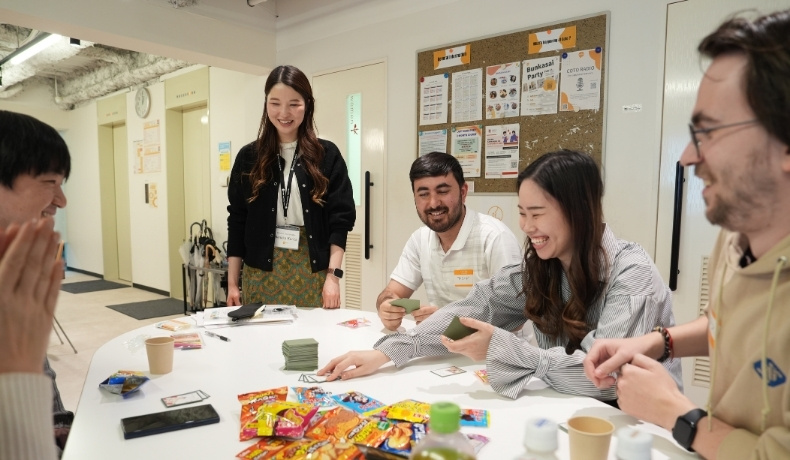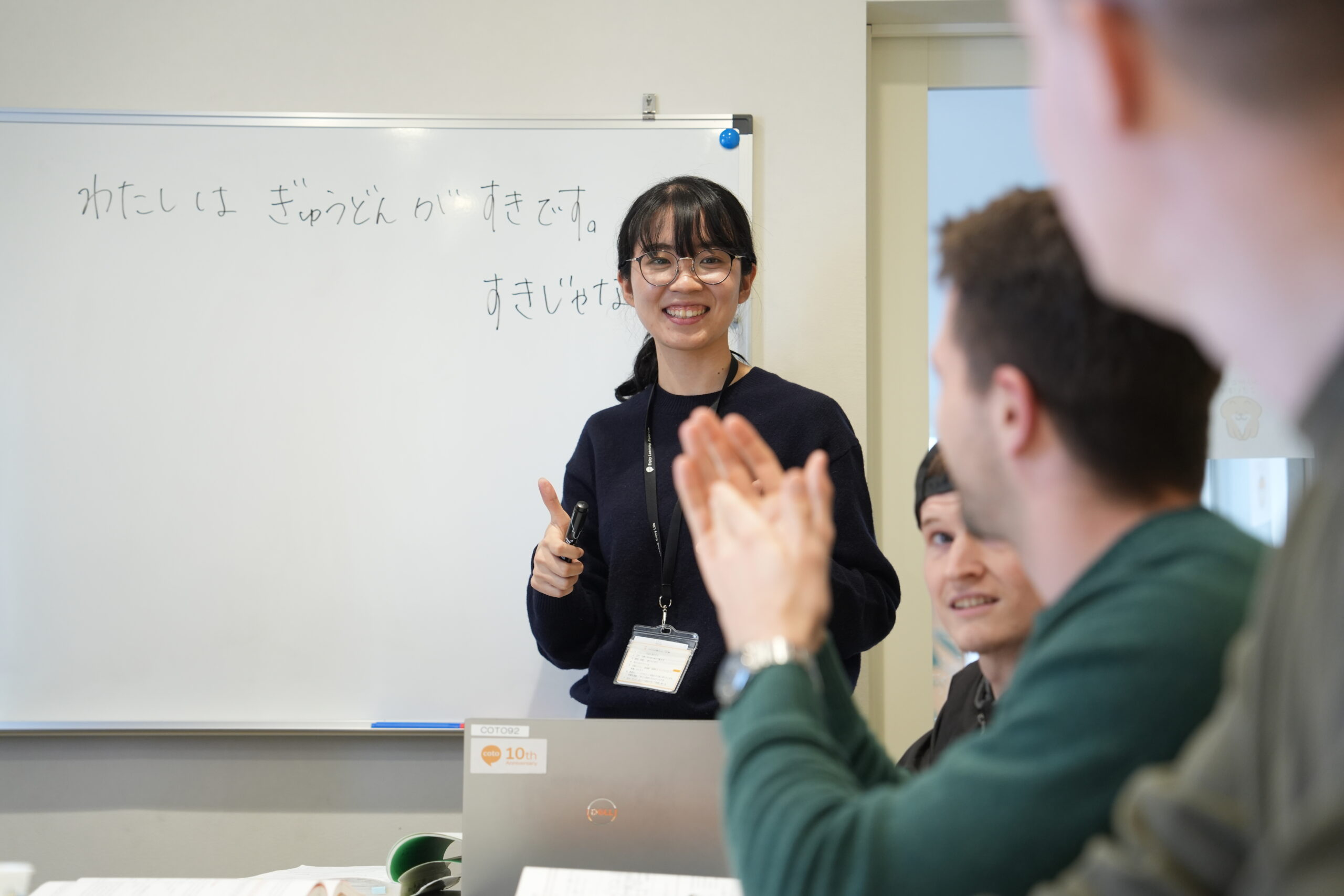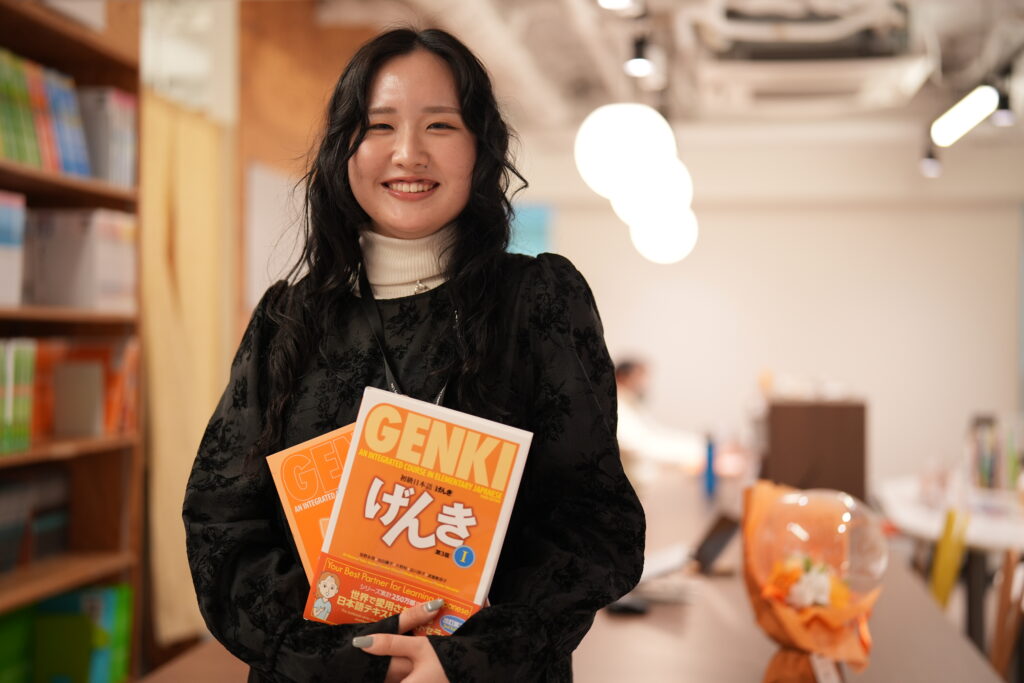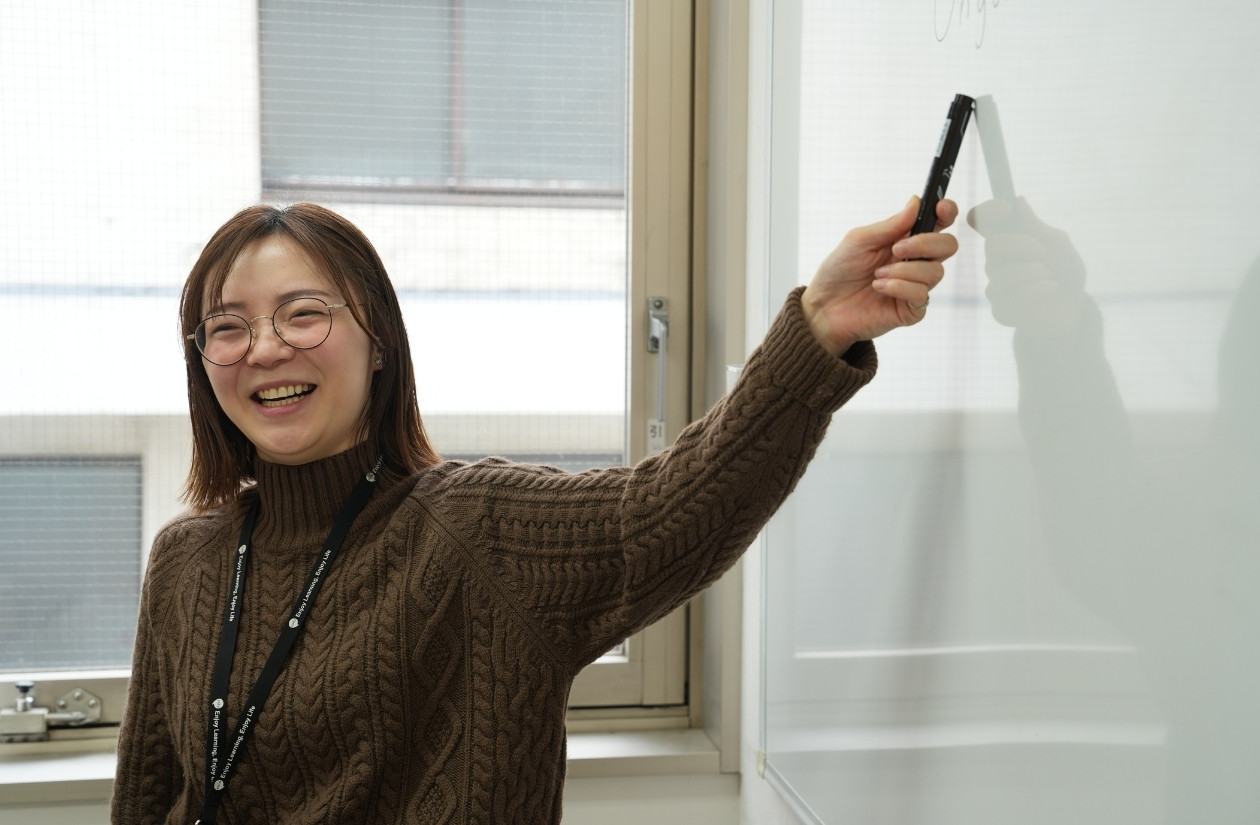Otsukaresama desu! If you’ve lived or worked a little in Japan, you might have heard this key expression. In the office, you might want to make sure that you develop a warm relationship with your new Japanese colleagues. The key expression that you will have to learn is “otsukaresama desu” (お疲れ様です).
In English, “otsukaresama desu” literally means “tired” or “you’re tired”. It is one of those Japanese expressions, like onegaishimasu, where its true meaning goes far beyond a simple translation. In the workplace, for example, it carries a sense of appreciation, acknowledgment, and camaraderie. Used in the right context, like after a long day of work, it conveys respect for your colleagues’ effort and signals that you’re all in this together. So, what does it really mean, and how do you use it without sounding awkward? Let’s dive in!
Quick Video Summary of Otsukaresama Desu
Let’s watch a video for a quick crash course on how to use otsukaresama desu in Japanese!
Meaning of お疲れ様です (Otsukaresama Desu)
- Otsukaresama desu (otsukarasama desu) is literally translated to “tired” or “you’re tired.” To understand this unique phrase a bit more, let’s break it down piece by piece. The phrase is actually made of several parts.
お(o) is the honorific prefix that expresses politeness (the phrase always has this prefix). - 疲れる (tsukareru) is the root word of tsukareru, meaning “to be tired or be tired”
- 様 (sama) is an honorific suffix that adds even greater respect to the phrase. You will often hear this suffix attached to your last name by service staff to express respect to you.
- です (desu) is a marker for politeness.
The phrase is used in different contexts, so what you’re expressing to the listener will be far from the literal English definition.
The closest English translation would be “thank you for your hard work”, “good work”, or more simply saying that “you’ve worked hard”. By saying お疲れ様です, you show your appreciation for a colleague’s work within your team or related to your company.
Difference Between Otsukaresama Desu (です) and Otsukaresama Deshita (でした)
If you’ve spent any time in a Japanese workplace, you’ve probably heard お疲れ様です (otsukaresama desu) countless times. But sometimes, you’ll also hear お疲れ様でした (otsukaresama deshita). Since deshita is the past tense of desu, it might seem like a small difference. So what’s the real difference between saying です and でした, and when should you use each?
The nuance is a bit tricky. In short, otsukaresama desu is used to address ongoing effort, while otsukaresama deshita is used when the other person has completed the effort. When saying でした, you use the past form and imply that the work is “done”, “over”.
If you were to leave a colleague to his task and say でした, you would literally say, “Thank you for your finished work,” although he’s still working on it!
お疲れ様です (otsukaresama desu), meanwhile, is used while someone is still working or when you greet colleagues during the day. It’s like saying, “Hello, and thanks for your hard work so far.”When in doubt, prefer the present phrase “otsukaresama desu”. Better to be safe than rude.
Want to learn Japanese? Join Coto Academy! Our courses focus on practical, real-life communication and are available online or in person. Start speaking Japanese with confidence from day one!
Want to study Japanese with us?
Different Ways to Say お疲れ様です (Otsukaresama desu)
Generally, otsukaresama desu is the most common and respectful way to say this phrase, but as mentioned above you can drop certain parts to make it more casual. So, here are some other ways otsukaresama desu could be used:
1. Otsukaresama desu
The most basic form and the safest is, of course, otsukare sama desu. It is used while someone is still working or during the day to acknowledge ongoing effort. It works like a polite greeting combined with appreciation. For example, when passing by a colleague at their desk, you might say:
お疲れ様です!
Thanks for your hard work!
2. お疲れ様でした (Otsukaresama deshita)
This phrase is used after work is completed or after someone finishes a task. It expresses gratitude for the effort that has already been put in. For example, at the end of the workday:
お疲れ様でした。
Thank you for your hard work today.
3. Otsukaresama (お疲れ様)
You can say this expression without the desu (です) attached, which will make it more casual. Sama (様) is generally seen as a very formal suffix, but in this context, otsukaresama has a rather informal connotation.
4. Otsukare (お疲れ)
Otsukare is the most casual form of the phrase, without any of the formal markers. This expression is best used with friends or colleagues you are close to. With senpai or your bosses, it is better to use the more formal versions of the expression.
These expressions lean towards the more casual side of communication, but what is the most appropriate for work or outside of work?
5. Otsukaresama de gozaimasu (お疲れ様でございます)
お疲れ様でございます is the most formal and polite version of お疲れ様です. It’s often used in business settings when speaking to clients, superiors, or anyone you want to show extra respect to. The addition of でございます (the ultra-polite, keigo form of です) elevates the level of politeness.
While お疲れ様です can be used casually among colleagues, お疲れ様でございます should be reserved for the most formal settings. For example, in a business email, you might write:
本日もお疲れ様でございます。
Honjitsu mo otsukare sama de gozaimasu.
Thank you for your hard work today.
Since using でございます can sound awkward in everyday spoken conversation, it is usually reserved for written form or when speaking to clients, where a higher level of politeness and professionalism is expected.
When to use お疲れ様です (Otsukaresama desu)
First of all, don’t be embarrassed if you don’t know when to use otsukaresama desu. It might sound strange to repeat it several times a day every time you see your coworkers, but for your colleagues, it shows your desire to get closer and to respect Japanese work culture.
Saying Otsukaresama Desu at the Workplace
The expression is most often used while working in Japan, in which case it might be more formal. But this term is used in a variety of different circumstances, and depending on your relationship with certain colleagues, you could say it more casually. So let’s explore the different situations when お疲れ様です or お疲れ is most appropriate at work.
1. Arriving at your workplace
In a situation when you would normally say “hi” or “How are you doing” to your colleague, replace it with お疲れ様です. The expression is proper when you arrive at work after your colleagues. Depending on the situation, it is also a perfect conversation starter or ending.
However, when entering the office in the morning, it is more customary to say おはようございます (ohayou gozaimasu) instead. But it does depend on the situation. If you have a shift in the afternoon or evening, it might be more common to say otsukaresama desu rather than a Japanese greeting such as こんばんは (konbanwa).
2. During work and meetings
You can use the expression in various situations, so it’s difficult to explain them all. Very often, internal meetings will end with everyone saying お疲れ様です as a way to thank all the participants.
Co-workers will thank each other for completing a task or when one of them returns from a meeting outside. お疲れ様です expresses the importance of teamwork in Japan. Japanese people believe everyone must feel recognized and part of the company.
You can even say the phrase when crossing the path of a colleague in your company’s hallway. It’s never too much!
3. Leaving after work
The phrase is typically used after working hours when employees leave the office. The colleagues still working say goodbye with お疲れ様でした (otsukaresama deshita).
Japan is also known for nominication, a word born from 飲む to drink and the word “communication”. Traditionally, Japanese coworkers share drinks after work and in a more casual context, which helps to build a good work relationship. Sometimes, before or after you kanpai with your colleagues, your team might also say otsukaresama desu to show appreciation for everyone’s team effort.
Using お疲れ様です (Otsukaresama desu) Outside of the Workplace
Yes. Even outside your working environment, you could use the expression to greet some people you know well. However, the meaning would be a little different, closer to a simple Japanese greeting than an appreciation of their workday.
1. With Friends
You could use the expression to greet some people you know well. However, the meaning would be a little different, closer to a simple Japanese greeting than an appreciation of their workday, depending on the circumstance.
You could even say it to your friend after they’ve had a long day, to acknowledge that they worked hard. Since you don’t need to be so formal, just saying お疲れ様 (Otsukaresama) or お疲れ (Otsukare) would be more comfortable and less rigid-sounding.
2. In Clubs & Sports Teams
This is especially common if you join a Japanese university and enter one ff its clubs, or ぶかつ (bukatsu). If you’re involved in any group activity in Japan, whether it’s sports, art, or other extracurriculars, you’ll likely hear お疲れ様です (otsukaresama desu) after every practice. This is both a way of showing appreciation and a way of saying bye. Additionally, when celebrating after a competition or even for bounenkai (year-end gathering), you often meet up for drinks and say otsukaresama desu before you kanpai, similar to drinking with colleagues.
When Should You Not Use Otsukaresama Desu?
With colleagues or sports teammates, there are very few instances saying otsukaresama desu wouldn’t be appropriate. You wouldn’t use otsukaresama desu to clients or customers. When they leave your office or place of work, you would say thank you very much or ありがとうございます.
However, there are still situations where you might say お疲れ様です (otsukaresama desu) to a client or customer. For example, when you get a haircut, it’s common for the stylist to say お疲れ様です right after finishing your hair. However, unlike in workplaces or clubs, it’s usually not said right before you leave, since the phrase in this context is more about acknowledging the effort that just took place rather than serving as a goodbye.
Alternatives to Otsukaresama Desu
As we mentioned, お疲れ様です (Otsukaresama desu) can have various meanings, ranging from “thank you for your hard work” to “excuse me” when leaving the office. However, depending on the situation, there are several alternative phrases you can use to express similar sentiments more appropriately.
1. ご苦労様です (Gokurousama desu)?
The two expressions, お疲れ様 and ご苦労様 share the same meaning, showing the appreciation of someone’s hardship. However, the latter is less frequently used as it implies a social connotation and is always directed at subordinates. Simply speaking, your boss can thank you with ご苦労様です, but you will answer back with a respectful お疲れ様です.
In a more casual context and with your friends, you can simply use お疲れ or お疲れ様. Always remember to be careful with the level of politeness in Japan. When in doubt, use keigo to be polite.
2. ありがとうございます (Arigatou gozaimasu)
Arigatou gozaimasu is the standard polite way to say “thank you” in Japanese. You can use arigatou gozaimasu in place of otsukare sama desu in place when you want to thank someone in the workplace. It can be used to thank a colleague for their help, acknowledge someone’s effort, or show appreciation for a service.
3. お先に失礼します (Osaki ni shitsurei shimasu)
お先に失礼します (Osaki ni shitsurei shimasu) literally means “Excuse me for leaving ahead.” It’s a polite phrase commonly used when leaving the office or a meeting before others, showing that you recognize your colleagues are still working. In many workplaces, it’s often paired with お疲れ様です (Otsukaresama desu) to acknowledge everyone’s ongoing effort. That said, you can also use either phrase on its own when exiting. Both are perfectly natural ways to show respect while leaving!
Final Remarks on Otsukaresama Desu
Whether you’re in the office, on the sports field, or just hanging out with friends, お疲れ様です (Otsukaresama desu) is more than just “thanks for your hard work.”
Ready to learn more about when to use this useful phrase and many other practical expressions? Take Japanese courses at Coto Academy! We offer both part-time courses and intensive lessons, so you can learn in the way that suits you best. Interested? Just fill out the form below to get started!
Why Choose Coto Academy?
Structured learning: 18 course levels with accurate level checks, ensuring a clear progression path.
- Flexible courses: Join for as little as 1 week and extend as much as you like.
- Small classes: Taught by professional, experienced teachers.
- Convenient locations: Study in the heart of Tokyo, in Shibuya, with three other campuses available.
FAQ
What does "Otsukaresama desu" mean?
“Otsukaresama desu” translates to “Thank you for your hard work” or “Good work.” It’s used to express appreciation for someone’s efforts and to acknowledge their contributions in a professional setting.
When should I use "Otsukaresama desu" in the workplace?
You can use “Otsukaresama desu” in various situations, such as:
- Saying goodbye when leaving the office.
- Greeting colleagues during the day.
- Acknowledging someone’s hard work after completing a task or meeting.
What's the difference between "Otsukaresama desu" and "Otsukaresama deshita"?
“Otsukaresama desu” is the present tense and is often used during the workday. “Otsukaresama deshita” is the past tense, used when work is finished or at the end of the day.
Can "Otsukaresama desu" be used outside of work?
Yes, it can be used in non-work settings like sports or events to show appreciation for someone’s effort.
How do I respond to "Otsukaresama desu"?
You can reply with “Otsukaresama desu” as well, returning the appreciation.
Is there a version used by superiors to subordinates?
Yes, “Gokurosama desu” (ご苦労様です) is used by superiors, but it’s not appropriate to use it toward someone of higher status.
Can it replace greetings like "Konnichiwa"?
In workplace settings, yes. It’s common to use “Otsukaresama desu” instead of “hello” when seeing coworkers.
Why is this phrase important in Japanese work culture?
It promotes mutual respect and recognition, reinforcing teamwork and a sense of community in the workplace.
Is it rude not to say otsukaresama desu?
In professional or group settings, it may come across as cold or dismissive. It’s a key phrase for maintaining good relationships in Japan.
Can I use otsukare with friends?
Yes! Among close friends or peers, you can shorten it to お疲れ (otsukare) for a casual, friendly tone.
Just started learning Japanese? Check out our guide on:
